Since humanity’s earliest days, the beauty of the night sky has captivated us. Gazing up into that sea of darkness and light evokes a sense of awe and curiosity like nothing else. Unfortunately, admiring the night sky isn’t as easy as it used to be, thanks to light pollution. However, certain locations worldwide known as Dark Sky Places function as havens of natural starlight. If you’re planning a stargazing trip, here is a complete list of all the Dark Sky Places in Asia.
Also read: 12 Best Places to See the Northern Lights
What is a dark sky place?
A dark sky place is a location (or preserve) that limits artificial light pollution. It allows people to see the night sky as it should be. Dark Sky Places are usually gazetted around observatories for astronomy. Thanks to the efforts of organisations like DarkSky International, more locations around the world are being recognized for their dark sky potential.
Dark Sky Places in Asia for your next stargazing trip
1. Iriomote-Ishigaki National Park, Okinawa – Japan
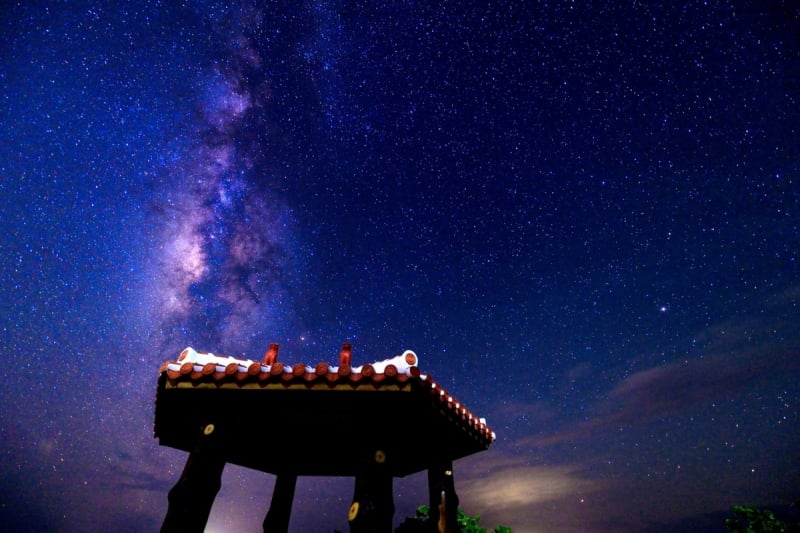
Image credit: National Parks of Japan Official Facebook Page
Iriomote-Ishigaki National Park is the southernmost national park in Japan, located in Okinawa, It is responsible for preserving the only rainforest in Japan’s ecosystem and is one of many Dark Sky Places in Asia. The park is a wonderland of evergreen forests, mangroves, and coral reefs. It is also home to several unique local species like the Iriomote cat, which was only rediscovered 50 years ago.
2. Bisei Town, Okayama – Japan
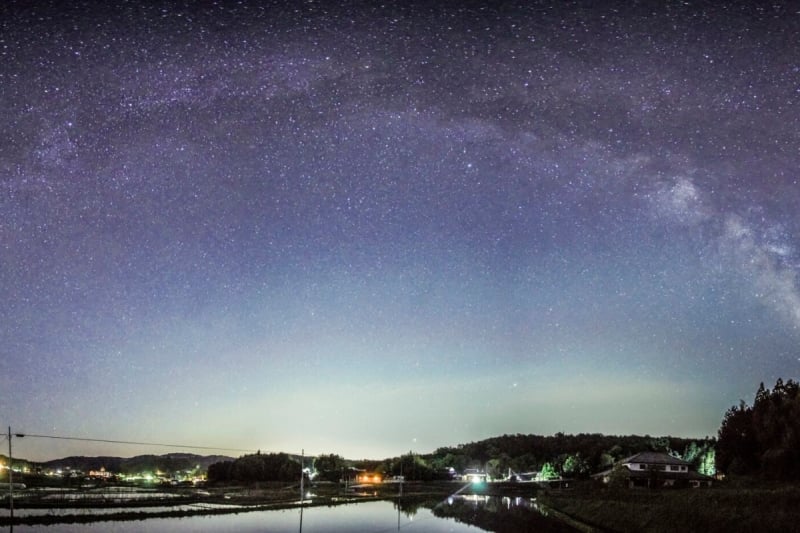
Image credit: DarkSky International Official Website
Known as the Town of Stars among locals, Bisei is a dark-sky place tucked away in the northeast region of Ibara in Okayama Prefecture. Even the name is on theme: Bisei translates to “beautiful stars.” It was the first town in Japan to enact a Light Pollution Prevention Ordinance in 1989. The town is home to the Bisei Astronomical Observatory and the Bisei Space Guard Centre.
In Bisei, you can also visit Chusei Yumegahara, a historical park that faithfully recreates a medieval Japanese village. This includes buildings like a market, craftsmen’s houses, a blacksmith, and a warrior’s estate. Other natural wonders in Bisei are the Shiraito Waterfall and Takiyama Canyon.
Also read: 11 Underrated Destinations in Japan That Are Worth Discovering
3. Minami-Rokuroshi, Fukui – Japan
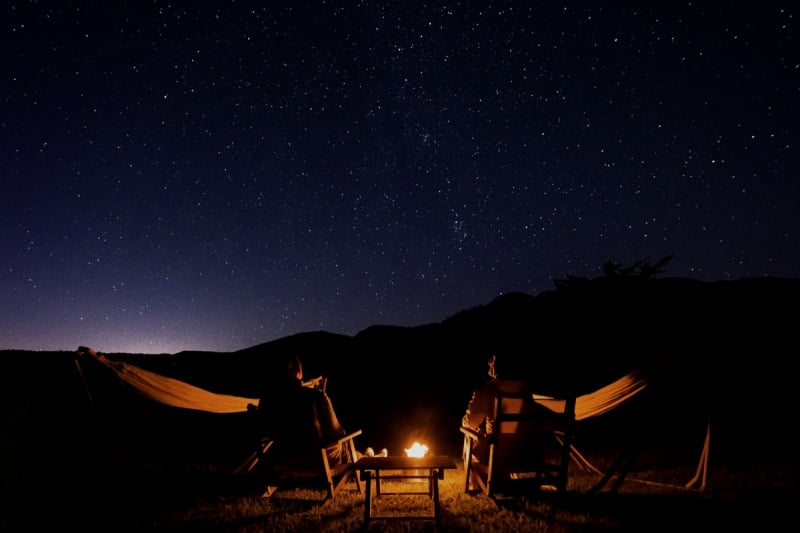
Image credit: DarkSky International Official Website
Minami-Rokuroshi’s stunning alpine landscape is undoubtedly one of the best Dark Sky Places in Asia for stargazing. Across the serene pastoral landscape, there are plenty of places for visitors to enjoy nature’s beauty. Milk Studio Oku-Echizen offers a dairy processing experience and allows visitors to relax on a hammock while stargazing.
Besides that, Tron Hot Spa Urarakan, lets visitors soak in an open-air bath under the night sky. If you’d like to learn more about the beauty of the universe and how humans interact with nature, visit the Fukui Nature Conservation Centre. It’s home to the largest telescope in the region and provides a fantastic learning experience for adults and children alike.
4. Kozushima Dark Sky Island, Tokyo – Japan
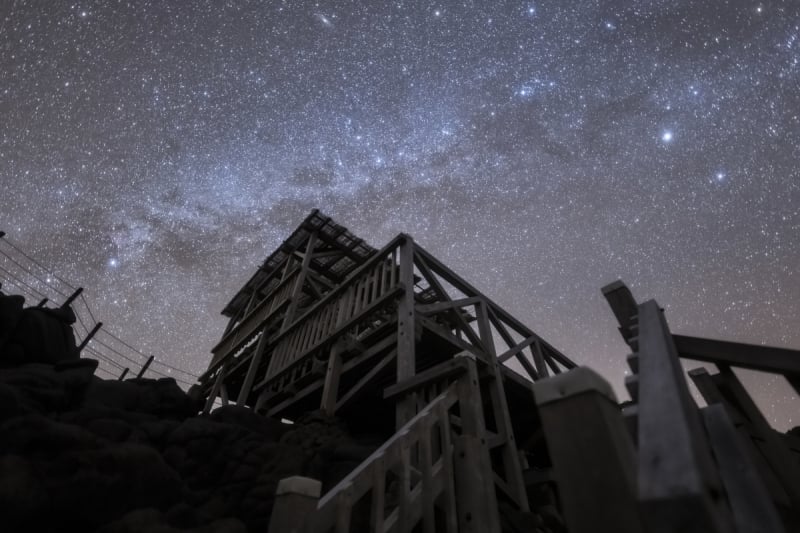
Image credit: Foreign Press Centre Japan
This charming remote island south of Tokyo was added to the official list of dark sky places in 2020. Despite being under the administration of Tokyo, Kozushima differs greatly from the glittering lights of Japan’s capital. Natural wonders abound across the island including hot springs, beautiful beaches, and unspoiled marine life.
Aside from being a nature lovers’ paradise, Kozushima Island holds significant historical value. According to archaeologists, volcanic glass (obsidian) from Kozushima Island was used to construct tools during Japan’s Jomon period, which dates back to 13,000 B.C.
Also read: 12 Best Day Trips From Tokyo & How to Get There
5. Hehuan Mountain, Taroko National Park – Taiwan
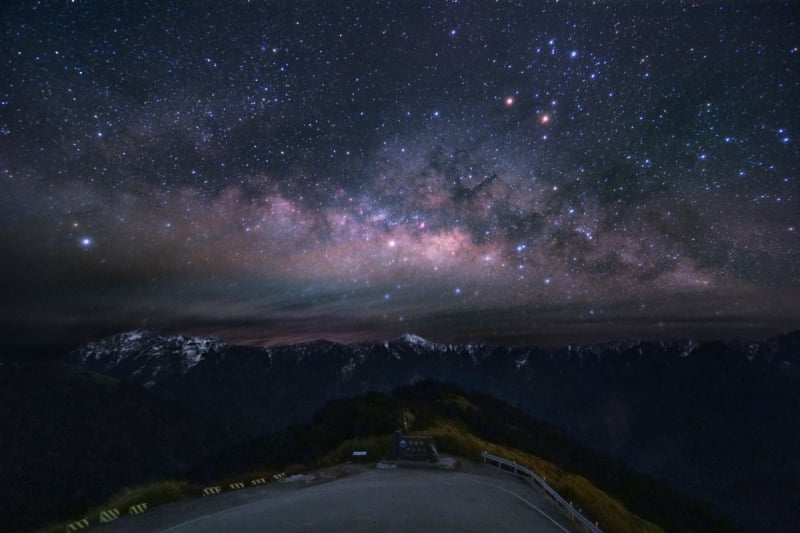
Image credit: DarkSky International Official Website
Hehuan Mountain is a popular destination in Taiwan situated on the border of Nantou and Hualien counties within Taroko National Park. Hehuan Mountain is unique because it is often covered in snow, which is unusual for Taiwan’s subtropical climate. Tourists and locals alike visit to enjoy the beautiful alpine scenery and take on hiking trails.
At night, Hehuan Mountain is a spectacular spot for stargazing. The mountain’s high altitude and distance from urban areas were the main reasons it was gazetted as a Dark Sky Place in 2019.
6. Xichong, Shenzhen – China
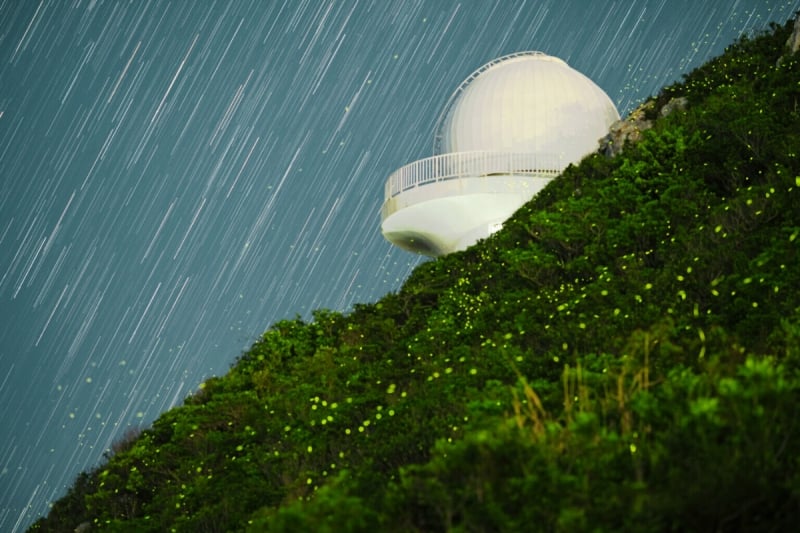
Image credit: DarkSky International Official Website
Xichong is China’s first International Dark Sky Community. It is a collection of eight villages, with the oldest one dating back to the Song dynasty in the 13th century. Besides that, Xichong is home to the largest beach in Shenzhen. The Shenzhen Observatory was built there in 2010 and is the only observatory in South China, adding to Xichong’s importance as a dark-sky place.
7. Yeongyang Firefly Eco Park, Gyeongsangbuk-do – South Korea
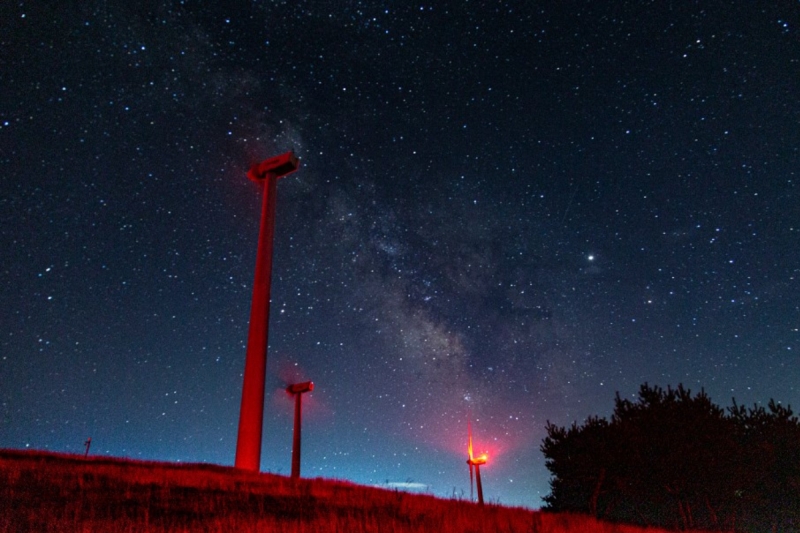
Image credit: Travel Gyeongsangbuk-do(Korea) Official Facebook Page
Yeongyang Firefly Eco Park is part of the rocky, mountainous terrain of the Wangpi River valley. Like many Dark Sky Places, it has an important role in preserving nature. Yeongyang Eco Park is essential in maintaining and supporting the local firefly population thanks to its natural darkness. It also draws in many amateur South Korean astronomers, who can stargaze without having to journey far from home.
Also read: South Korea Cherry Blossom Forecast 2024: When & Where to Go
Dark Sky Places serve an important role across the world. Not only are they great destinations for stargazing and appreciating the beauty of our night sky, but they also help conserve many different aspects of nature and uphold the study of astronomy. Visiting Dark Sky Places gives you a window into the universe unlike any other, so if you’ve got the time, be sure to check them out!




